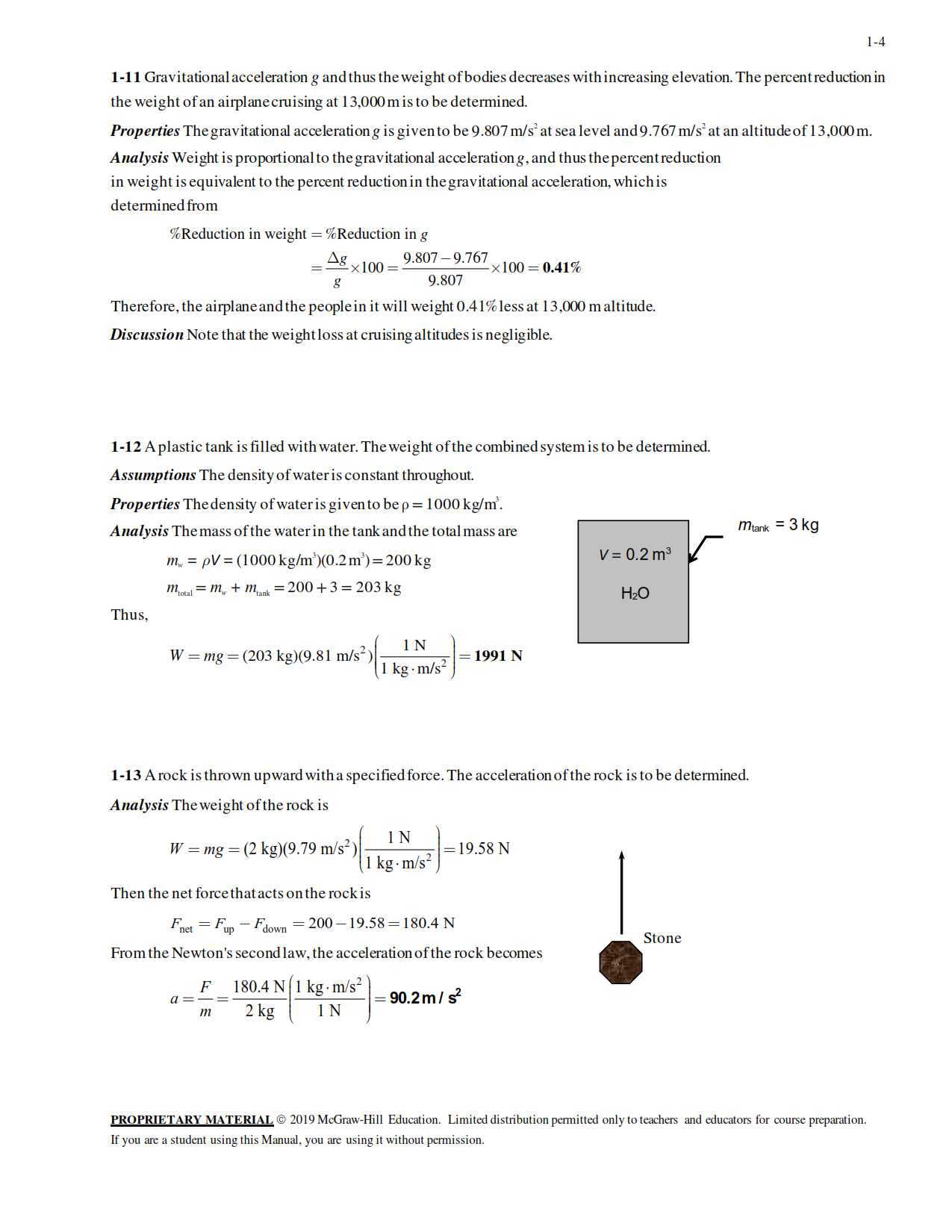


We have learned that this process occurs in two steps: (1) converting thermal energy into mechanical motion by using machines such as engines or turbines (2) converting this mechanical motion back into thermal energy through friction between moving parts of a machine.īut what if there were another way? What if we could use our existing equipment to convert thermal energy directly into work? That would be much more efficient than using machines for both steps! That’s exactly what happens when you move your hand through water: you generate kinetic energy from friction instead of just dissipating it as heat. The practice of turning heat into work is called thermodynamics. This law has the same quality of increasing disorder in a closed system, which is known as entropy. The second law of thermodynamics describes how energy spontaneously tends to flow only from being concentrated in one place to becoming diffused or dispersed and spread out.

The first law of thermodynamics, also known as the conservation of energy principle, states that energy can be neither created nor destroyed but can only change forms. Engineering Thermodynamics, 6Th Edition PDF – Free DownloadĮngineering Thermodynamics is a science that deals with the conversion of energy between heat and mechanical work. It is also suitable for graduate students and professional engineers who need a refresher course or who wish to learn new applications of thermodynamics. The text is intended for undergraduate students in engineering who have already taken a course in calculus. The book begins with a review of basic physical concepts before progressing to topics such as energy and the First Law entropy and the Second Law power and refrigeration cycles gas mixtures combustion reactions chemical and phase equilibrium ideal-gas mixtures thermodynamic relations for simple compressible substances flow systems with friction irreversibility and availability analysis. The authors present a rigorous, yet clear treatment of classical thermodynamics, while illustrating the relevance of the subject to contemporary engineering problems. Now in its sixth edition, this book has been used by thousands of students and professionals to understand the fundamental principles of thermodynamics. This book makes learning thermodynamics so much easier than simply using a regular thermodynamics textbook.Įngineering Thermodynamics is an exciting new edition of the classic text, Engineering Thermodynamics by Moran and Shapiro. However, this is not the case with the book “Engineering Thermodynamics, 6Th Edition”. Books about thermodynamics can be so complicated on first sight.


 0 kommentar(er)
0 kommentar(er)
